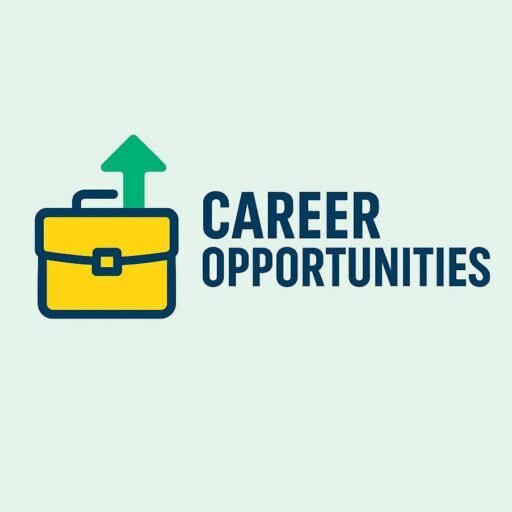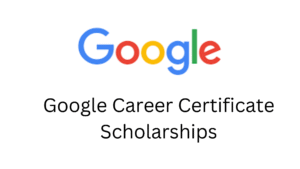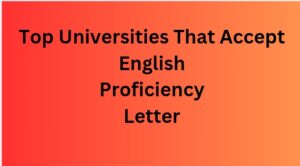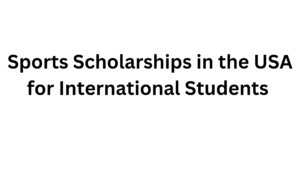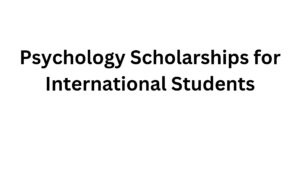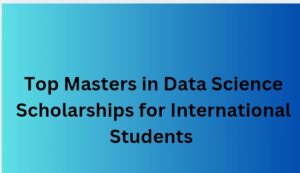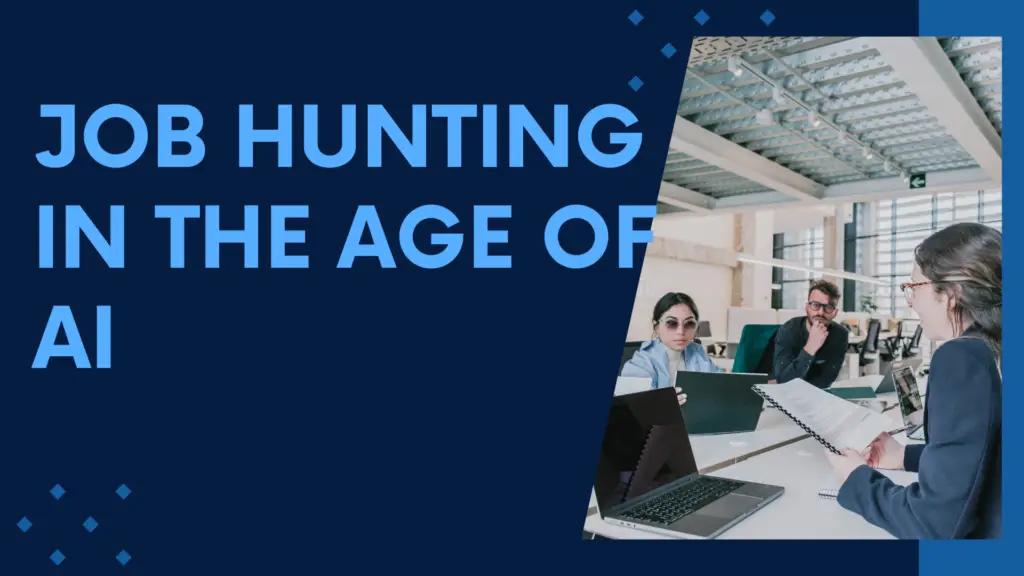
Table of Contents
In today’s digital world, job hunting isn’t just about impressing hiring managers—it’s about getting past artificial intelligence (AI) first. Many companies now use AI-powered Applicant Tracking Systems (ATS) to scan resumes and filter candidates before a human ever sees your application. To succeed in this new era of job searching, you need to understand how AI works and how to optimize your application for both bots and people. Here are six strategies to help you beat the bots and stand out.
1. Optimize Your Resume for ATS
One of the biggest hurdles in the job search process is getting your resume past the ATS. These systems scan resumes for keywords that match the job description and often eliminate those that don’t fit certain criteria. If your resume doesn’t align with the specific keywords and formatting the system is looking for, it might be rejected before a recruiter even sees it.
Tip:
Tailor your resume for each job you apply for by using keywords from the job description. Focus on skills, qualifications, and job titles that match the listing. Avoid graphics, columns, and fancy fonts, as these can confuse the ATS. Use standard section headers like “Experience,” “Skills,” and “Education” so the system can easily parse your information.
2. Use Action Verbs and Quantifiable Results
AI may be scanning your resume, but recruiters are still the ones making the final decisions. When your resume does make it to human eyes, you need to stand out with strong, compelling language. Avoid passive or generic phrases, and instead use action verbs that demonstrate initiative and achievement.
Tip:
Use action verbs like “led,” “designed,” “increased,” and “implemented” to show your impact in previous roles. Whenever possible, quantify your results—for example, “Increased sales by 20%” or “Managed a team of 10 employees.” These details provide concrete evidence of your capabilities and set you apart from other candidates.
💬 Get Paid in Dollars Just by Chatting With Lonely People
Imagine earning daily dollar income from anywhere in the world — no degree, no experience, no interviews — just your phone or laptop.
People are getting paid simply to chat, listen, and keep others company online. This short ebook reveals:
- ✔ Legit platforms that pay in USD
- ✔ How Africans can register & withdraw successfully
- ✔ What to say to keep conversations paid
- ✔ How beginners start with zero experience
Instant download • Works worldwide • Beginner-friendly
3. Customize Your Cover Letter
While many people focus solely on their resume, a well-written cover letter can be a game changer in the job search. This is your chance to address the company directly, demonstrate your enthusiasm for the role, and explain why you’re the perfect fit. AI might not place as much emphasis on the cover letter, but hiring managers certainly do.
Tip:
Tailor each cover letter to the specific company and role. Mention the company’s goals or challenges and explain how your skills can help solve them. Keep your tone professional but enthusiastic, and don’t just repeat your resume—use the cover letter to showcase your personality and passion for the job.
4. Leverage LinkedIn and Personal Branding
AI can’t gauge your personal brand, but recruiters certainly do. Your LinkedIn profile is often the first place recruiters go to learn more about you after scanning your resume. A strong, well-curated online presence can help you stand out and build credibility.
Tip:
Make sure your LinkedIn profile is up to date and aligned with your resume. Use a professional headshot, write a compelling summary, and highlight key accomplishments in each role. Join industry groups, share relevant content, and engage with posts to demonstrate your expertise. Personal branding extends beyond LinkedIn—ensure that your social media profiles reflect professionalism and consistency with your job-seeking persona.
5. Network Strategically
Even in the age of AI, networking remains one of the most powerful tools for job hunting. Many job openings are filled through referrals before they’re even posted publicly. Building strong relationships with people in your industry can help you get ahead, bypassing AI altogether by securing interviews through direct connections.
Tip:
Attend industry events, engage with people in your field on LinkedIn, and consider informational interviews to learn about potential opportunities. Don’t be afraid to reach out to recruiters or hiring managers directly—AI can’t replace the value of a personal connection. The more people in your network who know your skills and goals, the higher your chances of landing an interview.
6. Stay Adaptable and Open to Learning
As AI technology continues to evolve, so does the job market. Staying adaptable and open to learning new skills will ensure that you remain competitive in the future. Many companies now value candidates who are comfortable working with AI and other emerging technologies.
Tip:
Consider taking online courses or earning certifications in areas like data analysis, AI, or digital tools relevant to your industry. Demonstrating a willingness to learn and adapt to new technologies will not only help you beat the bots but also make you more attractive to employers seeking innovative and forward-thinking candidates.
Final Thoughts: Mastering the Job Search in the AI Age
In the age of AI, landing your dream job requires more than just a polished resume. You need to think strategically, optimizing your application for both the algorithms and the humans behind the hiring process. By tailoring your resume for ATS, highlighting your achievements with action verbs, and building a strong personal brand, you can improve your chances of beating the bots and standing out from the competition. Networking and staying open to new learning opportunities will also keep you ahead of the curve as AI continues to shape the future of work.
The key is balance—while you optimize for AI, never forget the power of human connection and the importance of showcasing your authentic self. With these strategies in place, you’ll be well-equipped to navigate job hunting in the age of AI.
To know more, you can read this article on LinkedIn
See also:
Valencia College Global Achievers Scholarship 2025/2026 for International Students: Apply Now!
Coca-Cola Scholarship 2024–25: Apply Now!
The University of Turin Scholarships 2024/25 in Italy: Apply Now!
🔥 Want to Make Money Online the Right Way?
Discover how smart people are quietly earning with AI, Email Marketing, CPA, LinkedIn, Online Teaching & Content Creation.
This is not theory — it’s a step-by-step system.
👉 Get the Ebook Now